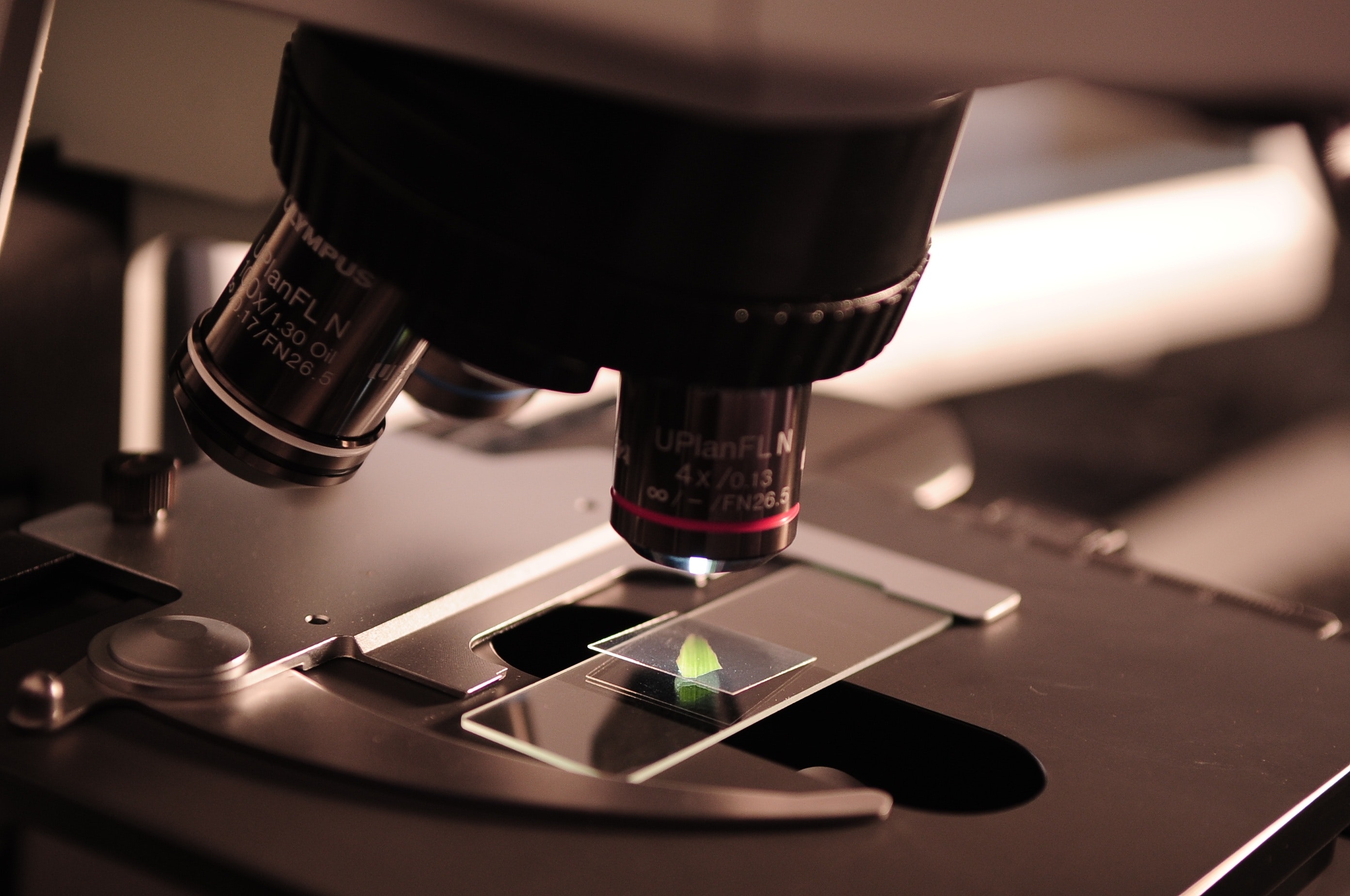Korea is regarded as a “water-stressed nation.” Although the country receives an annual precipitation of approximately 1,300mm, it is characterized by concentrated periods and specific regions, thereby giving rise to challenges stemming from water scarcity. The lack of drinking water extends beyond mere inconvenience, posing life-threatening implications for certain individuals.


It sounds to me like it’s pretty similar to how home oxygen concentrators work, but with an MOF instead of a zeolite, and driving out the adsorbed material via increased temperature rather than decreased pressure. MOFs are pretty comparable to zeolite in cost, and both can be used as molecular sieves, as in this case. Maybe you can find a video on oxygen concentrators that would help you understand it?
One difference here is that in the oxygen concentrator, the output product is the air, but with the nitrogen sequestered out; here, the output product is the water sequestered from the air. But this leads me to think that maybe this tech could also actually be used for air dehumidification, which could drive down the energy use of air conditioners. That could be another big win, since air conditioning is a major use of fossil fuel energy and contributes significantly to climate change, which is part of what’s driving the drinking water shortages in the first place.